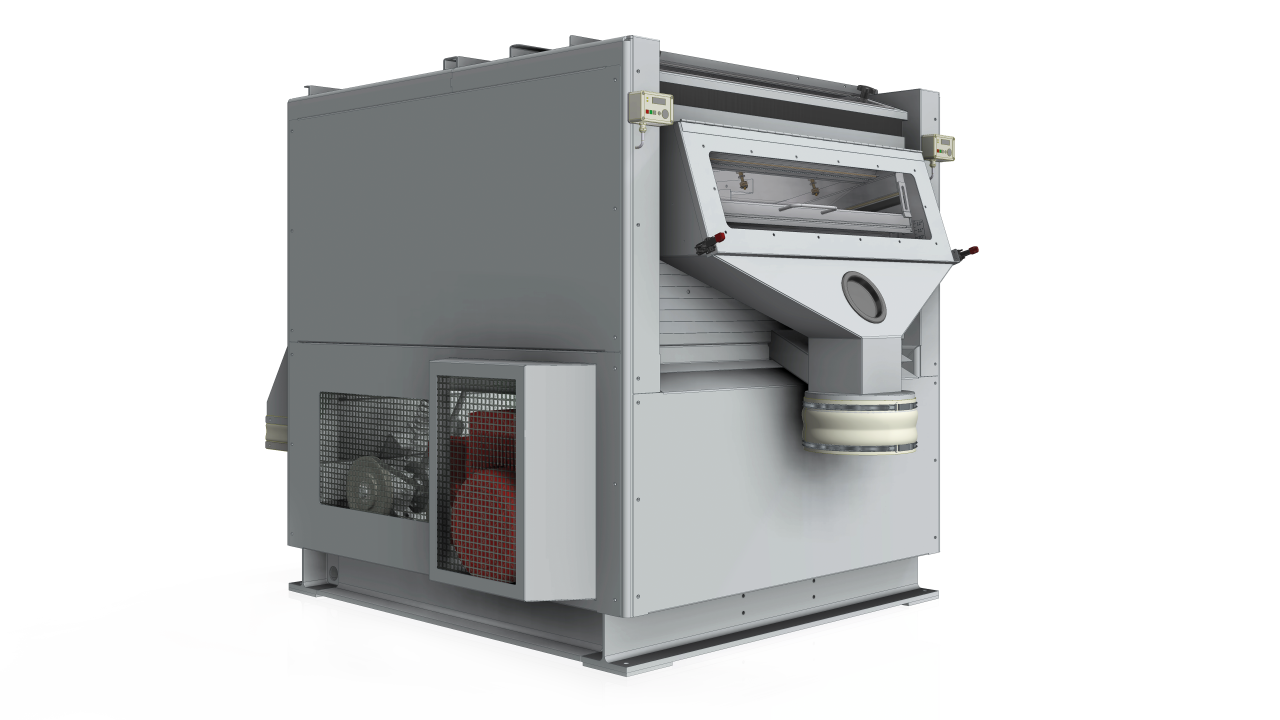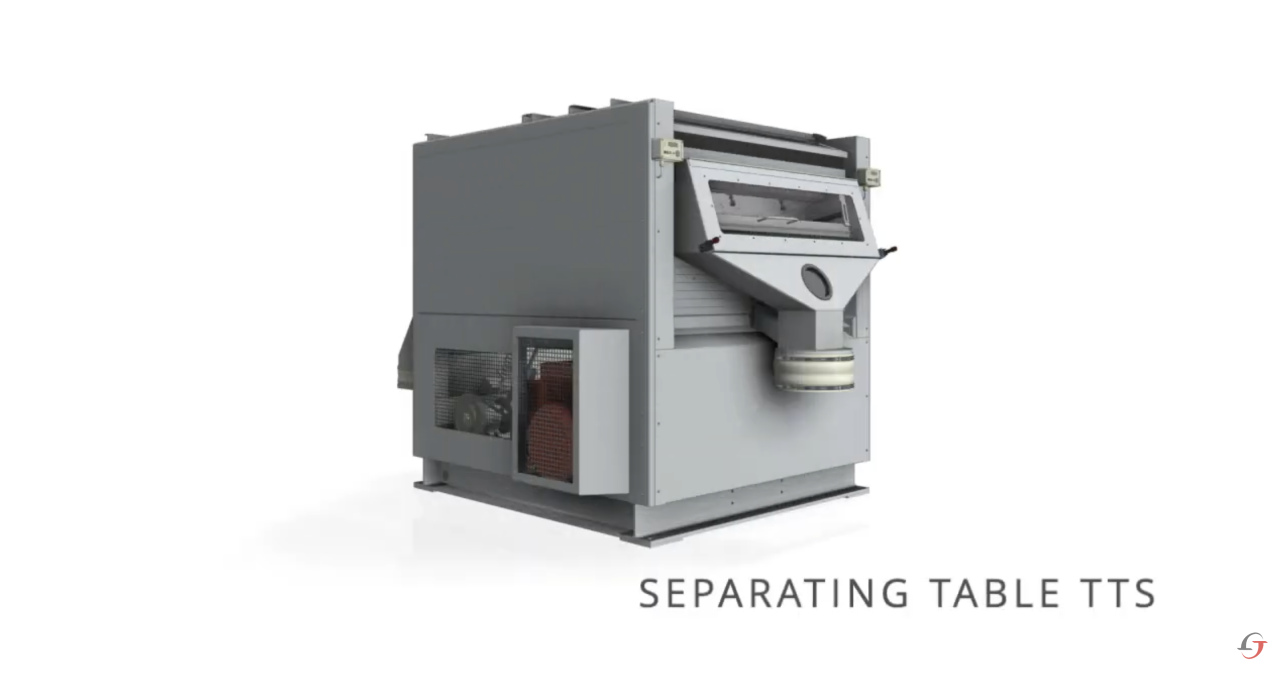A cup of tea is an outstanding taste experience, because depending on the type and variety, this drink develops very different flavours, each of which leads to a unique pleasure. Tea can also have a revitalising effect and ensure a pleasant start to the day. In winter in particular, tea is one of our favourite drinks and we benefit from the fact that it provides us with a pleasant warmth. All these properties and benefits mean that tea is extremely popular. Statistics show that the inhabitants of Germany drink around 129 million cups of tea a day. That's just over one and a half cups per person. Annual per capita consumption in 2019 was around 68 litres. These figures include not only tea from the tea plant, but also other infusions - so-called herbal and fruit teas. Impressive figures, but in many countries, tea consumption is even higher. Turkey is at the top of the list. Each inhabitant there bought an average of 2.7 kg of tea in 2020. Brazil is in second place with a per capita consumption of 2.4 kg. Only in third place comes the country of origin of tea: China. Consumption here was 1.39 kg.

SEPARATING TABLE PROCESS FOR TEA PRODUCTION
The processing of the tea
Several processing steps are usually necessary to be able to enjoy the tea. The classic process comprises five phases. The first stage is withering. The freshly picked tea leaves are lightly dried to reduce the water content. This is followed by rolling, in which the cells of the leaves are broken open and the cell sap can escape. The next step is fermentation. The ingredients of the tea leaves oxidise and the intensity of the fermentation process determines which type of tea is produced. Green tea, for example, is not fermented at all, whereas black tea is fully fermented. The final steps are drying and sorting or refining the tea.
Tea production in Germany
The processing steps described must usually be carried out directly after harvesting. They therefore normally take place in the countries of origin. The most important tea producers in the world are China, India and Kenya. In recent years, consumer demands for food hygiene and processing have steadily increased, which has led to the final stages of tea production/processing increasingly taking place in Germany and many other European countries. Many companies import the loose tea from the countries of origin and then carry out the further processing and packaging themselves in Germany using modern processing facilities. There is also the production of herbal and fruit teas, which are mainly made from local plants. Here, the manufacturers produce these products themselves on site.

By playing the video, you consent to the Google Privacy Policy Show more
We would like to point out that after being activated (consent according to Art. 49 Para. 1 P. 1 lit. a GDPR), data will be transferred to YouTube/Google ( Google Privacy Policy ) in the USA. The USA is considered by the European Court of Justice to be a country with a level of data protection that is inadequate by EU standards. If you do not use YouTube, the transfer described above will not take place.
Close overlayForeign substances in tea - a frequent problem during further processing and refinement
When processing tea, there is often the problem that it contains numerous foreign substances. These impurities can severely impair the quality of the end product. In order to produce a high-quality tea, it is therefore important to completely remove all foreign substances before further processing.
Separation of foreign bodies - purest tea enjoyment
The TTS separating table from TRENNSO-TECHNIK® is ideal for achieving reliable and efficient separation of foreign bodies. It automatically distributes the raw materials on a working screen. This is moved by an eccentric motor and a fan also generates a strong air flow. In this way, the ingredients are separated from each other. This process is very reliable and ensures precise separation. The result is a pure, high-quality tea. In addition, this process is very fast and therefore contributes to an efficient production process.
Separating table TTS: Can also be used for other foodstuffs and as a recycling machine
The TTS separating table is ideal for processing tea. However, it also offers many other possible applications. You can use it for many other foods - such as spices or cocoa beans. It can also be used as a recycling machine. For example, you can use it to remove foreign matter from used glass or waste wood and sort electronic waste and various metals.
Questions about sorting technology? Call TRENNSO-TECHNIK®!
If you have any questions about sorting technology such as our screening technology or density sorting technology, we will be happy to inform you about our machine portfolio. Special feasibility enquiries can be carried out in real life through tests in the technical centre of TRENNSO-TECHNIK® in Weißenhorn. Our trained team in the technical centre will be happy to assist you by prior appointment.
We look forward to receiving your enquiry: Tel. +49 730996200 or an email info@tst.de